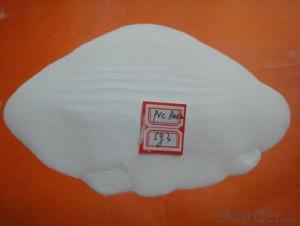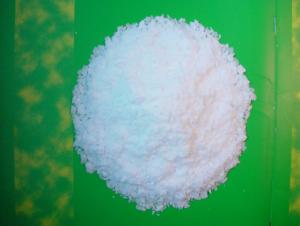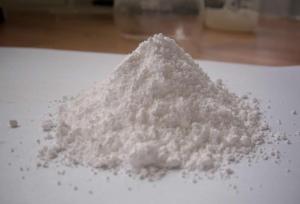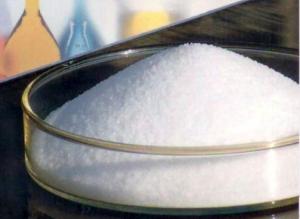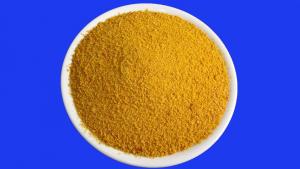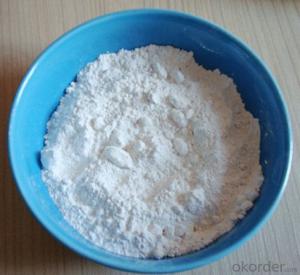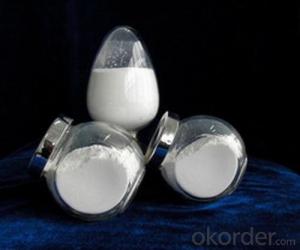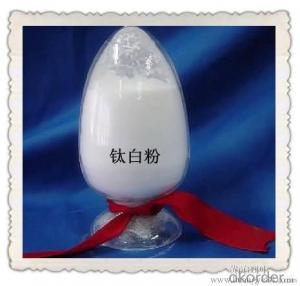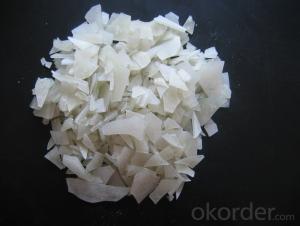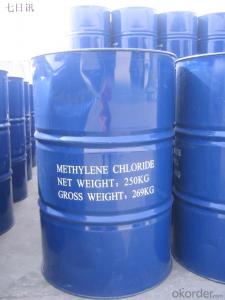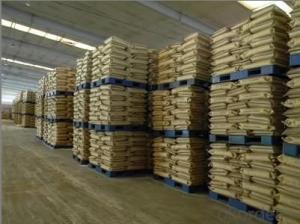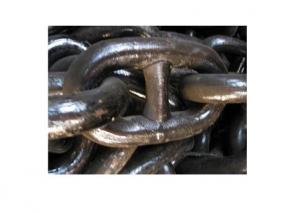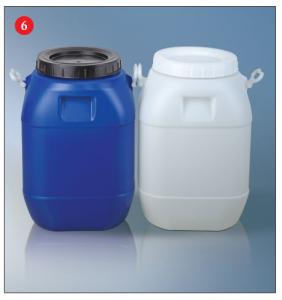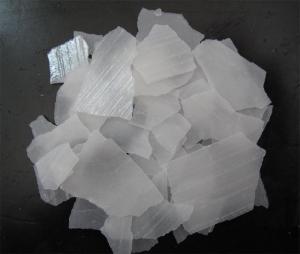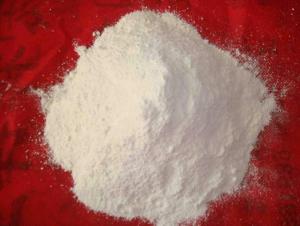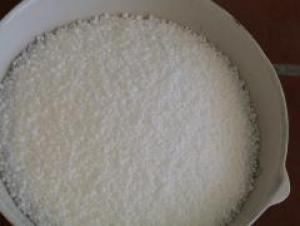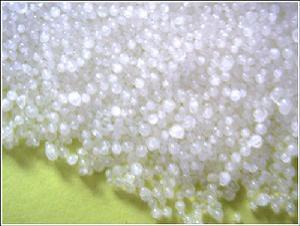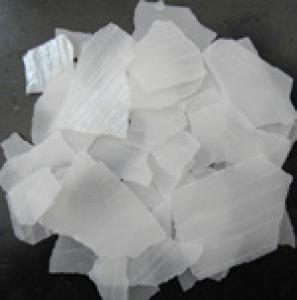Lower Price Polyvinyl chloride polymer
- Loading Port:
- China Main Port
- Payment Terms:
- TT OR LC
- Min Order Qty:
- -
- Supply Capability:
- -
OKorder Service Pledge
Quality Product, Order Online Tracking, Timely Delivery
OKorder Financial Service
Credit Rating, Credit Services, Credit Purchasing
You Might Also Like
Packaging & Delivery
| Packaging Detail: | Bags or barrel |
| Delivery Detail: | within 15 days |
Specifications
PVC resin SG5 suspension grade
1.Appearance: White powder
2.Main use for: Building
3.Bag packaging
4.High quality
- Q: How does inorganic salts maintain osmotic pressure and pH
- Osmotic pressure to the concentration of inorganic salts affect the distribution of water molecules inside and outside the cell ~ to adjust the osmotic pressure, when the extracellular fluid concentration is greater than the intracellular fluid when the performance of water loss, otherwise the water.
- Q: Is the conduction of excitement on neurons related to inorganic salts?
- Neurons, also known as nerve cells, constitute the basic unit of the nervous system structure and function.
- Q: Why can quaternary ammonium salts catalyze the heterogeneous reaction between water-soluble inorganic salts and organic compounds
- Quaternary ammonium salts have the characteristics of surfactants, with the water phase of the nucleophile in the composition of the ion pair, into the organic phase, thereby promoting the heterogeneous reaction faster 6224
- Q: Are you spicy?
- In fact, pregnant women appear loss of appetite, sensitive to the smell, eosinophilic or spicy, and even want to eat usually do not like food, are normal pregnancy physiological response, because the pregnancy after endocrine changes, placental secretion of chorionic gonads hormone. This hormone will inhibit gastric acid secretion, so that gastric acid secretion decreased, thereby reducing the activity of digestive enzymes, affect appetite and digestive function, and fetal sex has nothing to do.
- Q: What is the difference between baking base and common base?
- What the main content of ah, is not a thing. Baking alkali refers to caustic soda, caustic, caustic soda, and molecular sodium hydroxide, while the commonly used edible base refers to sodium carbonate.
- Q: Determination of the existence of inorganic salts in the soil, in the filter, should pay attention to the matter
- Filter should pay attention to is a "paste, two low, three by".
- Q: Our home often burn porridge which put a little alkali inside, so delicious, more entrance, eat often harmful to the health of it?
- Simply said, harmful, will damage the body's internal and alkali balance, easy to get sick.
- Q: Eye acid is how the matter
- Eye fatigue will appear dry, sour, tears and other phenomena, especially with vision problems, more prone to dry eyes, because he is very focused use of vision, it is easy to produce dryness.
- Q: Is urea an inorganic salt?
- Is not organic matter ah inorganic salts are present in the body and food minerals in the mineral, composed of organic matter and inorganic synthesis of the human body has been found to have more than 20 kinds of essential inorganic salts, about 4 to 5% of body weight. More (> 5g) for calcium, phosphorus, potassium, sodium, chlorine, magnesium, sulfur seven; daily dietary requirements are more than 100mg, known as constant elements. Other low content, with the modern analysis of technological progress Iron, copper, zinc, manganese, cobalt, molybdenum, selenium, chromium, nickel, silicon, fluorine, vanadium and other elements were found by atomic absorption spectroscopy, neutron activation, plasma emission spectroscopy and other trace analysis methods. But also the human body is necessary, the daily dietary requirements for the amount of μg ~ mg called trace elements.
- Q: I need help with this
- The correct answer is enzymes. Enzymes are composed of carbon, nitrogen, oxygen and traces of other elements such as sulfur, but are produced in nature only by living things.
Send your message to us
Lower Price Polyvinyl chloride polymer
- Loading Port:
- China Main Port
- Payment Terms:
- TT OR LC
- Min Order Qty:
- -
- Supply Capability:
- -
OKorder Service Pledge
Quality Product, Order Online Tracking, Timely Delivery
OKorder Financial Service
Credit Rating, Credit Services, Credit Purchasing
Similar products
Hot products
Hot Searches
Related keywords
